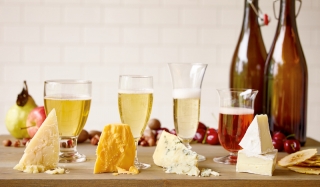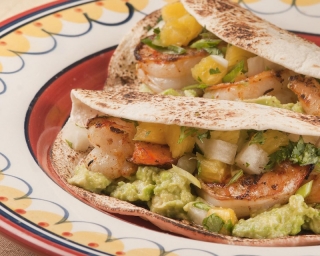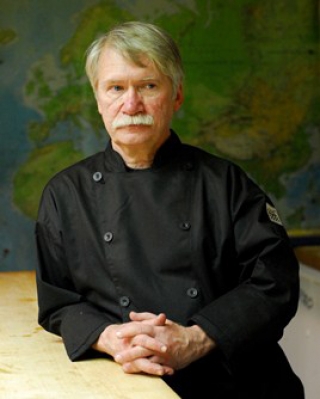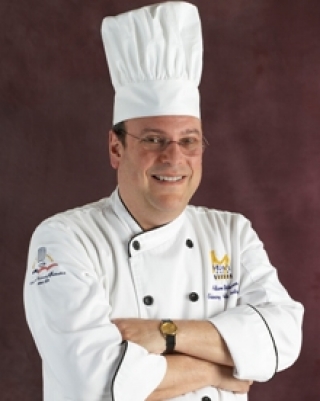
Lesson Plan: Pairing Guidelines for Cheese, Beverages and Accompaniments
Wednesday, 27 January 2016 22:16A successful pairing should help enhance the flavor and texture of both the cheese and accompaniment. Let your creative and culinary senses guide you as you keep these general strategies in mind.
Feedback & comments: This email address is being protected from spambots. You need JavaScript enabled to view it.




